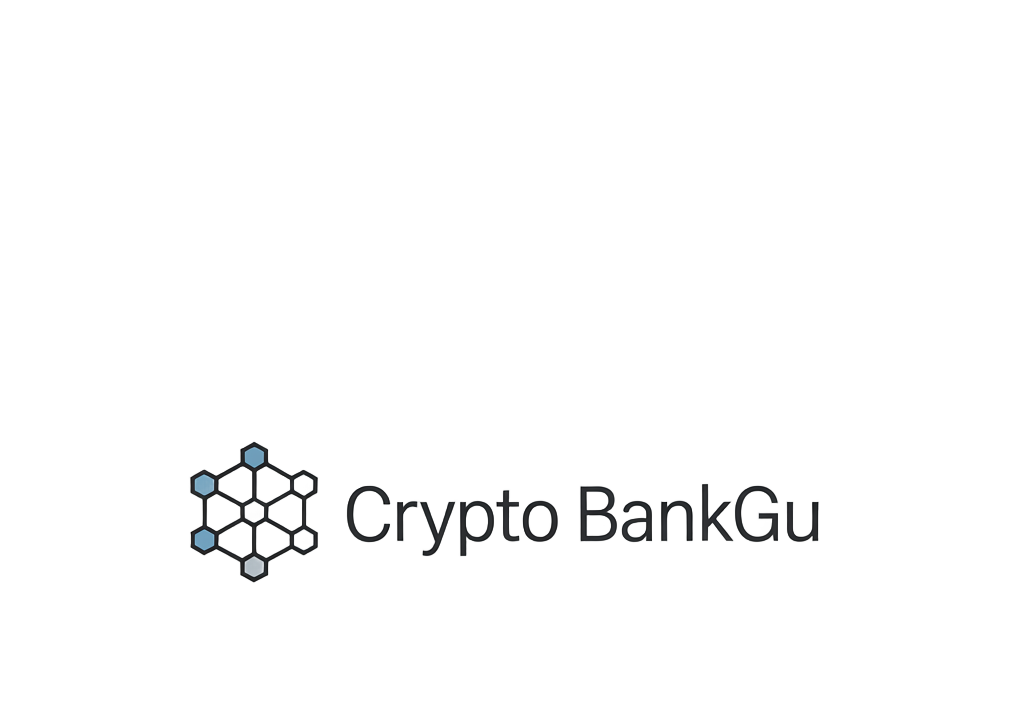
The landscape of crypto banking in the United States has rapidly evolved, with major financial institutions now embracing digital assets and Bitcoin custody solutions. As of September 2025, Bitcoin is trading at $115,730.00, reflecting persistent institutional interest and a surge in mainstream adoption. The result? Leading US banks are racing to provide secure custody and innovative Bitcoin services for both retail and institutional clients.
Why US Banks Are Doubling Down on Crypto Custody
Regulatory clarity and rising client demand have pushed banks to expand their digital asset offerings. With the SEC’s approval of spot Bitcoin ETFs in early 2024 and a maturing compliance environment, more than half of America’s largest banks are now rolling out or actively considering crypto-related products. This shift isn’t just about staying competitive; it’s about meeting the expectations of high-net-worth individuals, asset managers, and everyday savers who want exposure to Bitcoin without sacrificing security or regulatory oversight.
Key Insight: Traditional banks are now in direct competition with crypto-native platforms for the lucrative custody market, setting new standards for security and compliance.
The Top 10 US Banks Offering Crypto Custody and Bitcoin Services (2024)
Top 10 US Banks Offering Crypto Custody & Bitcoin Services
-

BNY Mellon: The oldest US bank, BNY Mellon launched its digital asset custody platform in April 2025, enabling institutional clients to securely store and transfer Bitcoin (BTC) and Ethereum (ETH) alongside traditional assets.
-

State Street: In August 2024, State Street partnered with Taurus to expand its crypto custody and tokenization services, supporting institutional clients with secure storage and management of digital assets like Bitcoin.
-

JPMorgan Chase: A leader in crypto-friendly banking, JPMorgan Chase offers institutional-grade crypto custody and facilitates access to select Bitcoin investment products, reflecting its commitment to digital asset innovation.
-

Fidelity Bank (Fidelity Digital Assets): Through Fidelity Digital Assets, Fidelity Bank provides secure Bitcoin and crypto custody services for institutional investors, with integrated trading and settlement solutions.
-
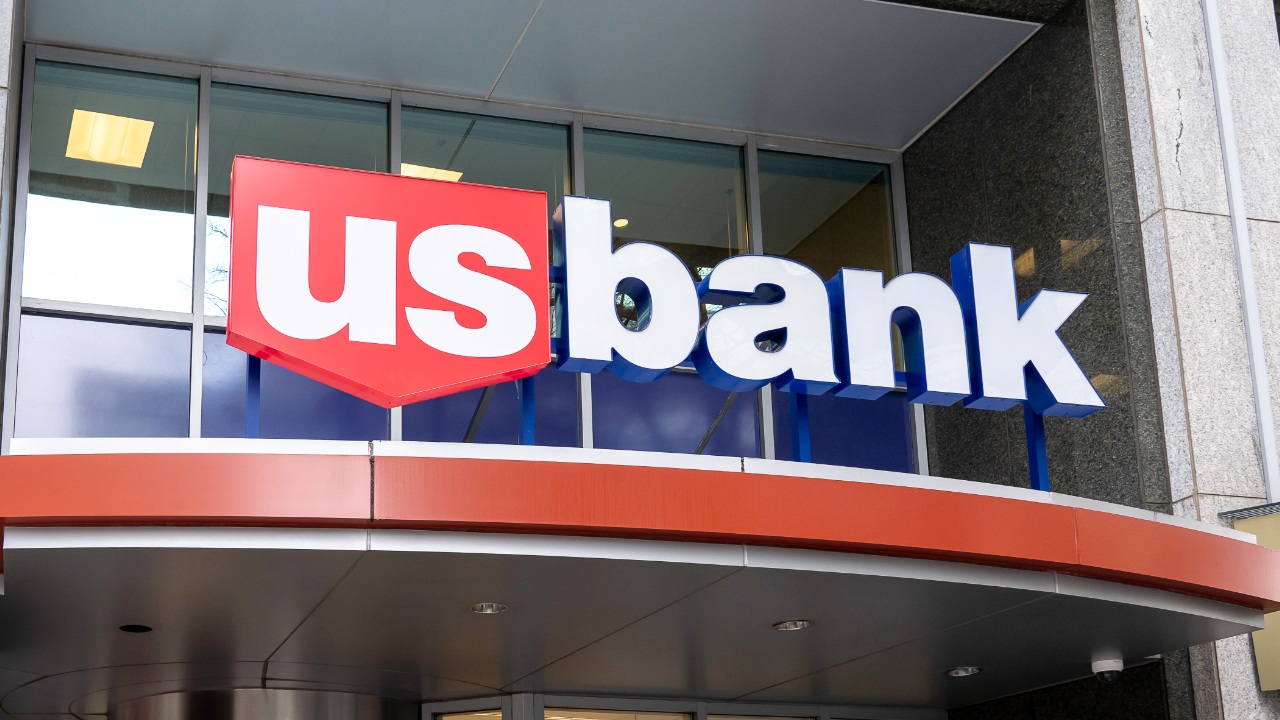
US Bank: US Bank resumed its Bitcoin custody services in September 2025, supporting institutional managers and Bitcoin ETFs, with NYDIG as sub-custodian.
-
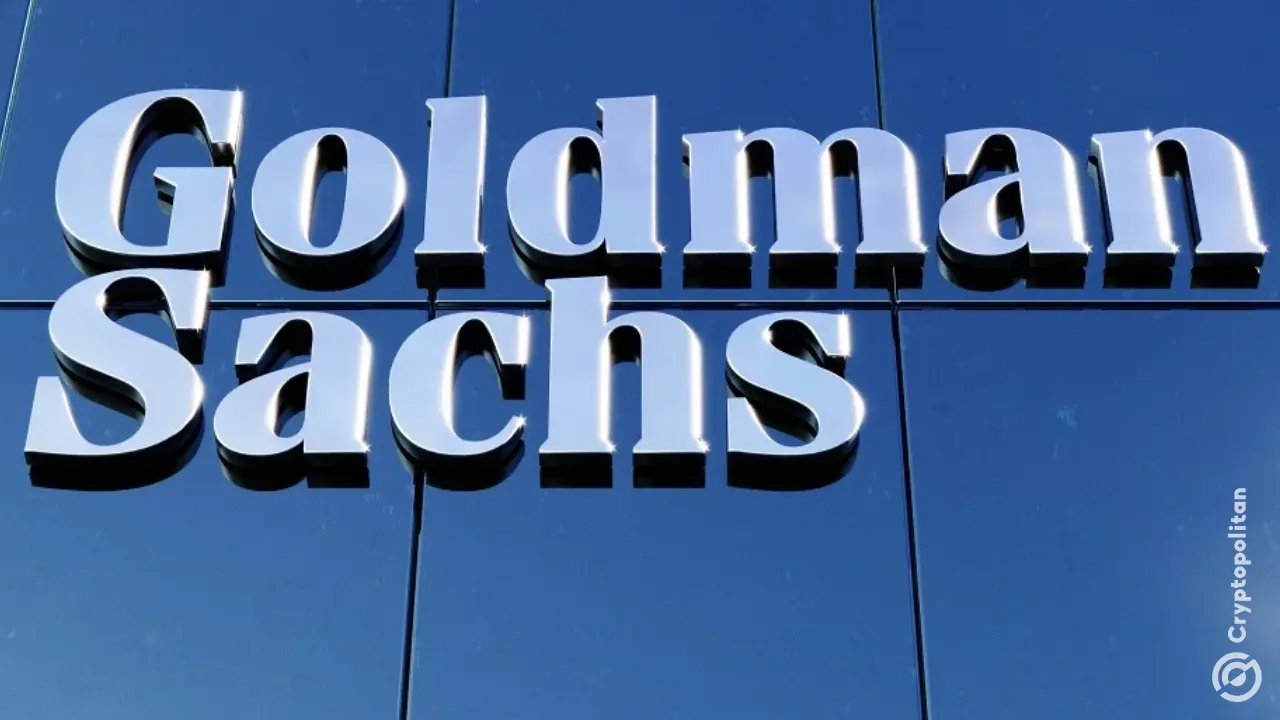
Goldman Sachs: Goldman Sachs offers crypto custody and Bitcoin ETF access to institutional clients, leveraging its established financial infrastructure and digital asset expertise.
-
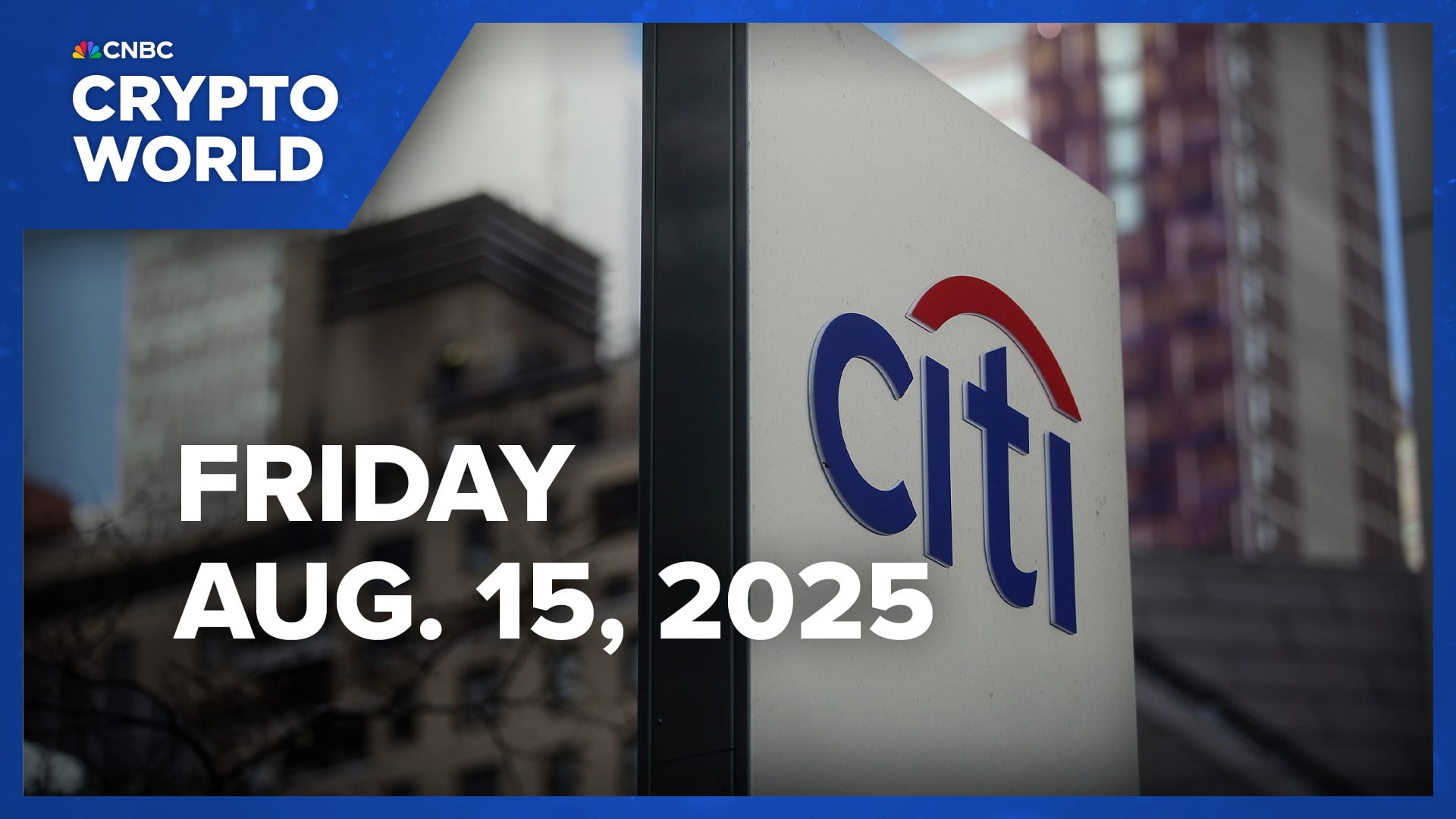
Citibank: Citibank has expanded into digital asset custody, offering secure storage and transaction services for cryptocurrencies, including Bitcoin, to its institutional client base.
-
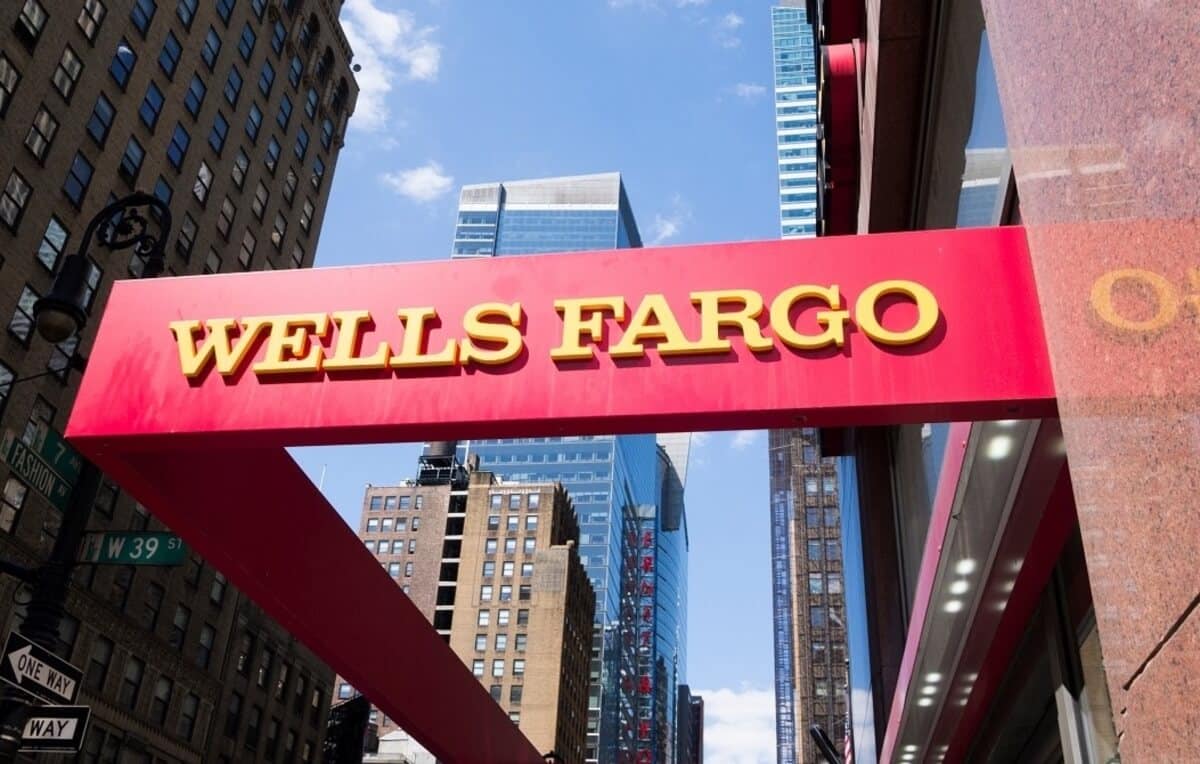
Wells Fargo: By early 2024, Wells Fargo began offering spot Bitcoin ETF access to eligible wealth management clients, providing secure, regulated exposure to Bitcoin.
-
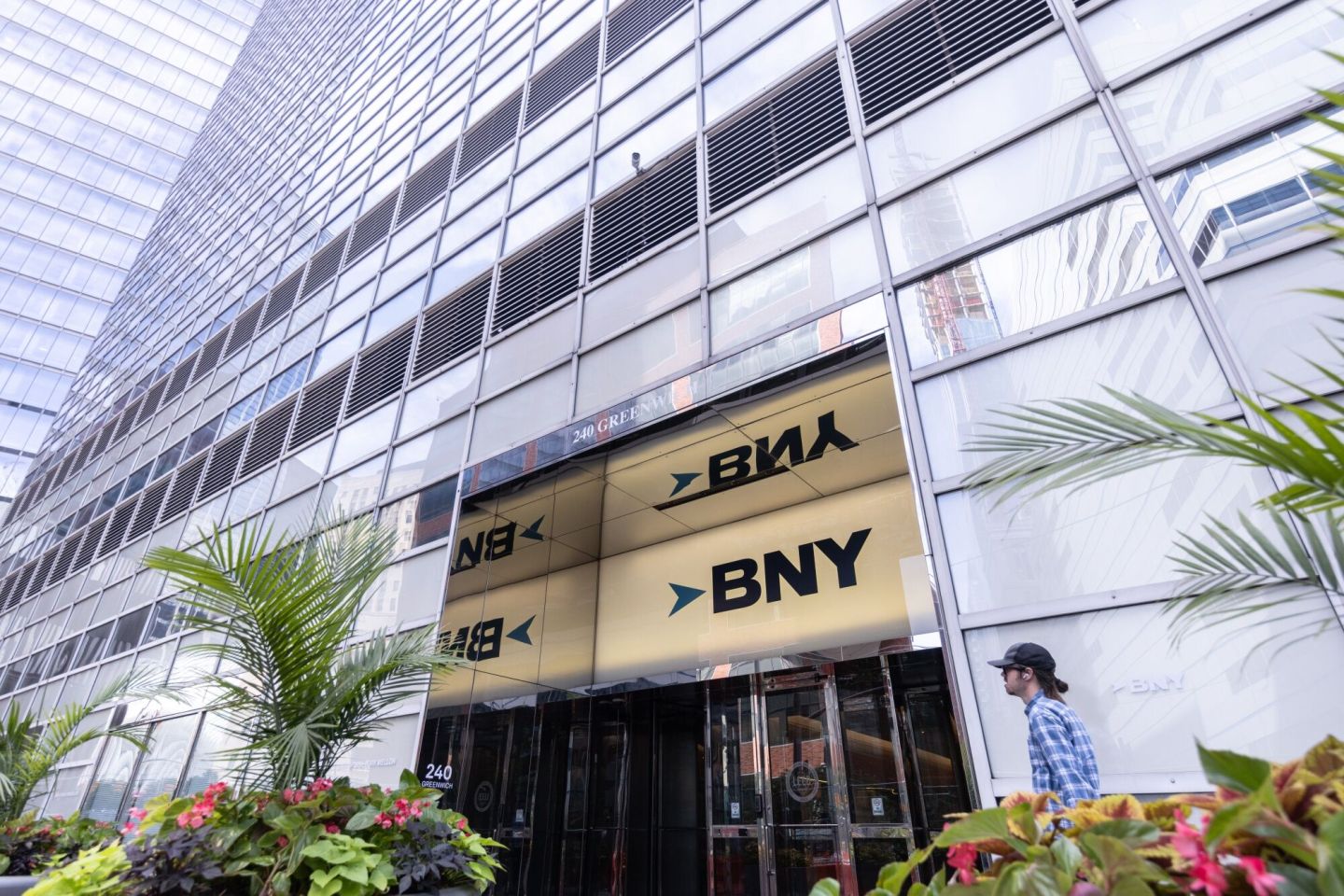
Bank of New York Mellon Pershing: Pershing, a BNY Mellon subsidiary, delivers digital asset custody solutions for broker-dealers and registered investment advisors, supporting secure crypto asset management.
-
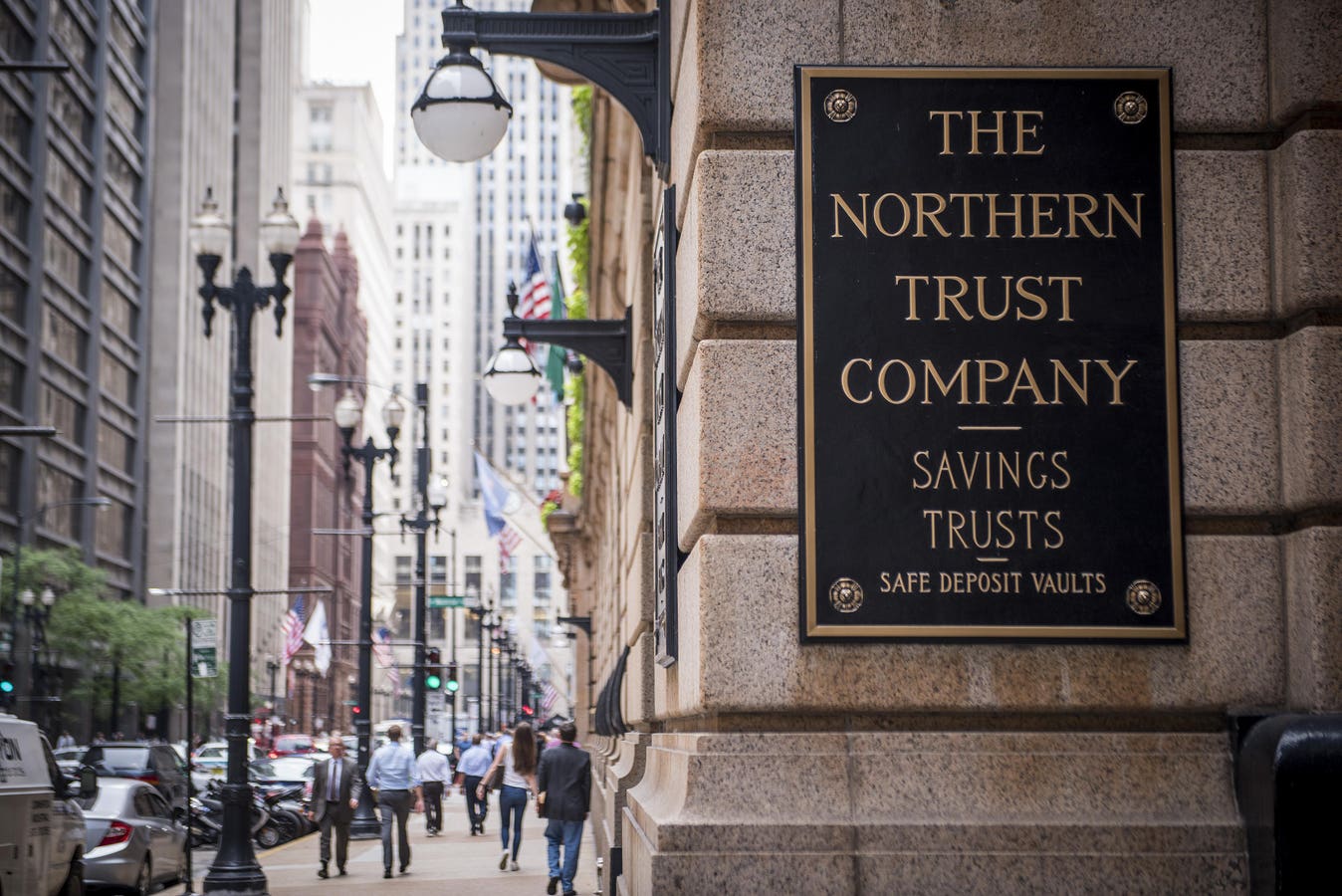
Northern Trust: Northern Trust offers crypto custody services in partnership with fintech providers, enabling institutional clients to securely hold and manage Bitcoin and other digital assets.
Here’s a breakdown of the ten most influential US banks leading the charge into digital asset custody and Bitcoin services:
- BNY Mellon: Pioneered integrated digital asset custody for institutional clients in April 2025, enabling secure storage and transfer of cryptocurrencies like BTC and ETH alongside traditional assets. BNY Mellon’s expansion signals a commitment to bridging legacy finance with blockchain innovation.
- State Street: Partnered with Swiss crypto firm Taurus in August 2024 to tokenize real-world assets and provide advanced crypto custody solutions. State Street is targeting institutional investors seeking diversified digital portfolios and inflation hedges.
Read more on State Street’s partnership - JPMorgan Chase: Known for its crypto-friendly stance, JPMorgan offers a growing suite of digital asset services including blockchain-based settlement solutions. While not offering direct retail BTC custody yet, its infrastructure supports institutional-grade crypto transactions.
- Fidelity Bank (Fidelity Digital Assets): As an early mover in the space, Fidelity provides robust Bitcoin custody for institutions through Fidelity Digital Assets, emphasizing secure cold storage and regulatory compliance.
- US Bank: Resumed its Bitcoin custody service for institutional investment managers in September 2025 after regulatory pauses. The renewed offering includes support for spot Bitcoin ETFs with NYDIG as sub-custodian.
Official announcement from U. S. Bank - Goldman Sachs: Provides access to select cryptocurrency funds, futures trading desks, and is exploring direct digital asset custody solutions tailored for sophisticated investors.
- Citibank: Offers pilot programs focused on tokenized securities and is developing infrastructure to support future direct cryptocurrency custody as regulations evolve.
- Wells Fargo: Since February 2024, eligible wealth management clients have access to spot Bitcoin ETFs, an important step toward mainstream adoption.
Spot ETF rollout details at Reuters - Bank of New York Mellon Pershing: As a subsidiary of BNY Mellon, Pershing provides digital asset integration within its clearing platform for broker-dealers seeking secure crypto exposure.
- Northern Trust: Focuses on institutional-grade digital asset servicing, offering custodial infrastructure that supports both cryptocurrencies like BTC and tokenized assets.
The Impact of Regulatory Shifts and Market Demand in 2025
This new era is powered by unprecedented regulatory clarity around spot Bitcoin ETFs, fueling demand among wealth management clients who prefer regulated channels over unregulated exchanges. For example, Wells Fargo’s decision to offer spot BTC ETFs came immediately after SEC approval in January 2024, a move quickly mirrored by other top-tier institutions like Bank of America’s Merrill Lynch division.
Meanwhile, U. S. Bank’s partnership with NYDIG enables robust sub-custody arrangements that blend traditional banking standards with cutting-edge blockchain security protocols. State Street’s alliance with Taurus demonstrates how tokenization, the process of converting real-world assets into blockchain-based tokens, is becoming central to bank strategy as clients seek yield diversification beyond conventional markets.
Bitcoin (BTC) Price Prediction Table: 2026–2031
Forecast based on Q4 2025 market context, U.S. bank adoption, and institutional trends.
| Year | Minimum Price | Average Price | Maximum Price | % Change (Avg. YoY) | Market Scenario Insights |
|---|---|---|---|---|---|
| 2026 | $97,000 | $132,000 | $165,000 | +14.0% | Mild retracement post-2025 highs; regulatory clarity and bank adoption support higher lows. |
| 2027 | $115,000 | $151,000 | $198,000 | +14.4% | Institutional demand rises as more banks and ETFs offer BTC; macro volatility may cause sharp swings. |
| 2028 | $131,000 | $176,000 | $225,000 | +16.6% | Next Bitcoin halving in Q2-2028 likely triggers renewed bull market; global adoption accelerates. |
| 2029 | $145,000 | $202,000 | $265,000 | +14.8% | Post-halving supply shock and increasing integration with traditional finance push prices higher. |
| 2030 | $165,000 | $235,000 | $310,000 | +16.3% | Widespread use of tokenization and Bitcoin-backed products; regulatory harmonization boosts investor confidence. |
| 2031 | $185,000 | $267,000 | $355,000 | +13.6% | Matured institutional ecosystem; possible emergence of Bitcoin as a strategic reserve asset. |
Price Prediction Summary
Bitcoin’s price outlook through 2031 remains bullish, with significant upside potential supported by sustained institutional adoption, U.S. bank custody integration, and ongoing technical developments. While volatility and cyclical corrections are expected, the expanding role of traditional banks in the crypto ecosystem is likely to provide stronger price floors and attract new classes of investors. The next Bitcoin halving in 2028 is anticipated to be a major catalyst for upward price action, with average annual growth rates in the low-to-mid double digits.
Key Factors Affecting Bitcoin Price
- Widespread adoption of Bitcoin custody and ETF services by leading U.S. banks, increasing institutional inflows.
- Regulatory developments and potential for greater clarity in the U.S. and global markets.
- Bitcoin halving cycles (notably 2028), reducing new supply and historically driving price appreciation.
- Advances in blockchain technology, security, and integration with traditional financial services.
- Macro-economic factors such as inflation, interest rates, and global risk appetite.
- Potential competition from other digital assets or regulatory risks that could impact demand.
Disclaimer: Cryptocurrency price predictions are speculative and based on current market analysis.
Actual prices may vary significantly due to market volatility, regulatory changes, and other factors.
Always do your own research before making investment decisions.
The Competitive Edge: Security and Trust Above All Else
Banks like BNY Mellon, Northern Trust, and Fidelity aren’t just leveraging their reputations, they’re deploying state-of-the-art cold storage solutions backed by insurance policies that rival anything offered by pure-play crypto custodians. This hybrid approach is attracting pension funds, endowments, family offices, and increasingly, retail customers eager to participate in the ongoing rise of Bitcoin above $100K levels ($115,730.00 as of September 2025!) without compromising on trust or compliance.
What sets these banks apart is their ability to combine deep regulatory expertise with the technical rigor required for digital asset custody. The top US banks are investing heavily in multi-layer security, biometric authentication, and insured cold storage vaults, features that institutional investors demand as Bitcoin’s price holds strong at $115,730.00. For clients, this means peace of mind and seamless integration with existing financial services.

It’s not just about holding Bitcoin safely. Banks like Goldman Sachs and Citi are building comprehensive platforms for tokenized assets, digital bonds, and even DeFi integrations. This positions them at the intersection of traditional finance and the emerging Web3 economy. BNY Mellon Pershing, meanwhile, is making it easier for broker-dealers to offer crypto exposure to mainstream investors by integrating digital assets into established clearing systems.
How Crypto Custody Services Are Shaping the Future of Banking
The competitive landscape is fierce. As more institutions seek to capitalize on rising client demand for Bitcoin and other cryptocurrencies, banks that deliver robust compliance frameworks and frictionless user experiences will dominate. Northern Trust and Fidelity Digital Assets are leading by example, focusing on transparency, real-time auditing, and interoperability with global exchanges.
The bottom line: Secure crypto custody is now table stakes for any US bank aiming to stay relevant in 2025’s rapidly digitizing economy.
Bitcoin (BTC) Price Prediction Table: 2026-2031
Forecast based on current (Q3 2025) market data, U.S. banking adoption, and evolving crypto trends
| Year | Minimum Price | Average Price | Maximum Price | Year-on-Year Change (Avg) | Market Scenario Insights |
|---|---|---|---|---|---|
| 2026 | $85,000 | $125,000 | $170,000 | +8% | Potential volatility as Bitcoin digests prior bull run; institutional adoption by U.S. banks underpins support but macro uncertainty persists |
| 2027 | $105,000 | $145,000 | $195,000 | +16% | Bullish momentum from increased ETF inflows and wider banking custody; regulatory clarity improves sentiment |
| 2028 | $120,000 | $170,000 | $225,000 | +17% | Steady growth as tokenization and new use cases expand; moderate competition from alternative assets |
| 2029 | $140,000 | $200,000 | $265,000 | +18% | Halving cycle effects and digital gold narrative drive demand; global institutions deepen involvement |
| 2030 | $175,000 | $240,000 | $310,000 | +20% | Mainstream adoption peaks; further integration with global banking, but regulatory headwinds could temper upside |
| 2031 | $160,000 | $220,000 | $350,000 | -8% | Potential market correction after extended bull cycle; increased competition from CBDCs and next-gen assets |
Price Prediction Summary
Bitcoin is projected to experience continued growth through 2031, driven by increasing acceptance from major U.S. banks, institutional adoption, and integration of crypto custody services. Average yearly gains are expected to remain strong, though periods of volatility and corrections are likely, especially as the market matures and faces new competition from both traditional and digital assets.
Key Factors Affecting Bitcoin Price
- Expansion of U.S. and global bank crypto custody and ETF services fueling institutional demand
- Regulatory developments, especially in the U.S. and EU, impacting investor confidence and adoption
- Technological improvements (e.g., scaling, security, tokenization) increasing Bitcoin’s utility and appeal
- Market cycles (halving events, macroeconomic trends) influencing supply/demand dynamics
- Competition from alternative cryptocurrencies, tokenized assets, and central bank digital currencies (CBDCs)
- Global macroeconomic conditions, such as inflation and monetary policy, affecting risk appetite
Disclaimer: Cryptocurrency price predictions are speculative and based on current market analysis.
Actual prices may vary significantly due to market volatility, regulatory changes, and other factors.
Always do your own research before making investment decisions.
What should clients look for? Regulatory compliance, insurance coverage, asset segregation, 24/7 access to holdings, and a clear roadmap for supporting new coins or tokenized assets. The best banks are also rolling out educational resources and dedicated support teams to help both retail users and institutions navigate the evolving regulatory landscape.
Top 10 US Banks for Crypto Custody in 2024
-

BNY Mellon: The first major US bank to offer integrated custody for both traditional and digital assets, BNY Mellon provides secure storage and transfer services for cryptocurrencies like Bitcoin (BTC) and Ethereum (ETH), supporting institutional adoption.
-

State Street: State Street partners with Taurus to deliver advanced crypto custody and tokenization services, enabling clients to securely hold digital assets and participate in real-world asset tokenization.
-

JPMorgan Chase: As a crypto-friendly leader, JPMorgan Chase offers a suite of digital asset services, including access to Bitcoin funds and blockchain-based payment solutions for institutional clients.
-

Fidelity Bank (Fidelity Digital Assets): Fidelity Digital Assets provides institutional-grade custody, trade execution, and reporting for Bitcoin and other digital assets, with robust security and compliance protocols.
-
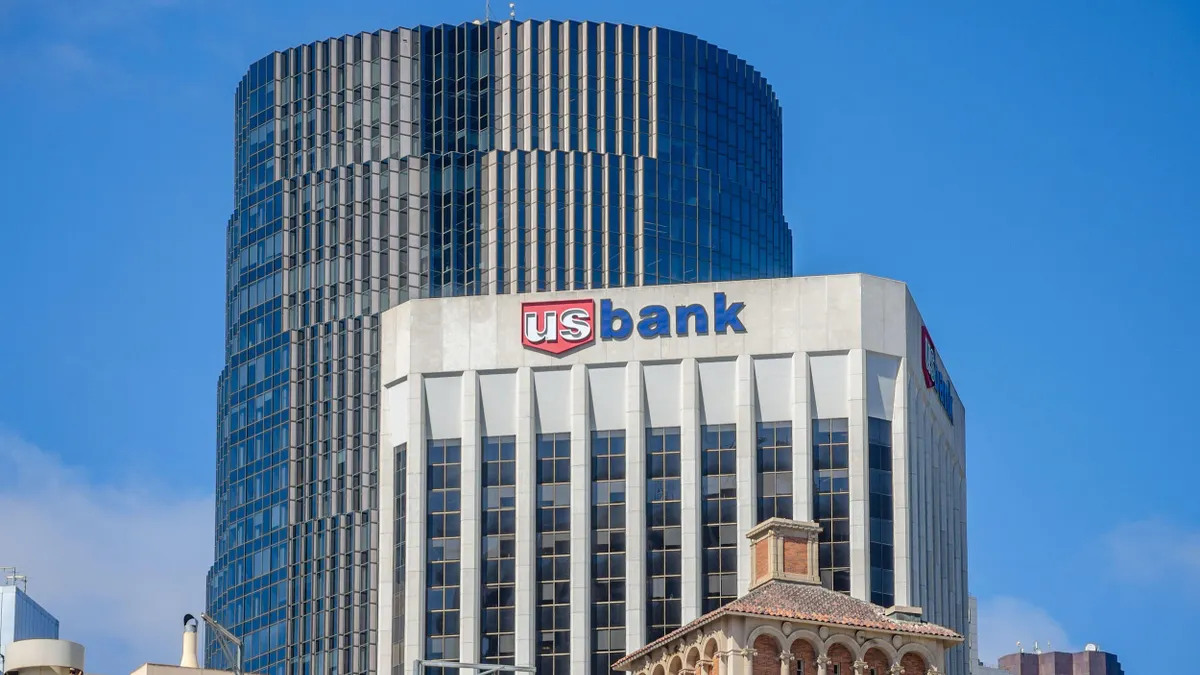
US Bank: US Bank relaunched its Bitcoin custody services in September 2025, supporting Bitcoin ETFs and institutional crypto storage through NYDIG as sub-custodian.
-

Goldman Sachs: Goldman Sachs offers crypto custody solutions and access to Bitcoin-linked investment products for institutional clients, integrating digital assets into its wealth management platform.
-

Citibank: Citibank has expanded digital asset custody offerings, focusing on secure storage, settlement, and tokenization services for institutional investors.
-

Wells Fargo: Wells Fargo provides eligible clients with access to spot Bitcoin ETFs and digital asset investment products, leveraging secure custody partnerships.
-

Bank of New York Mellon Pershing: Pershing, a BNY Mellon company, delivers digital asset custody and clearing solutions for broker-dealers and institutional clients, ensuring regulatory compliance and security.
-

Northern Trust: Northern Trust offers digital asset custody and administration services, focusing on institutional-grade security, risk management, and compliance for crypto holdings.
Looking Ahead: The Roadmap for Crypto Banking in 2026
The momentum behind US banks embracing Bitcoin custody is undeniable, and irreversible. As regulatory clarity increases and technology matures, expect further innovation in staking services, cross-chain settlement solutions, and tokenized equity offerings from these top-tier players. With Bitcoin consistently trading above $100K ($115,730.00 as of September 2025), the stakes have never been higher.
If you’re considering which institution to trust with your digital assets or looking to diversify your portfolio beyond fiat holdings, these ten US banks represent the gold standard in security, transparency, and product innovation. The future of banking is here, and it’s powered by blockchain.
